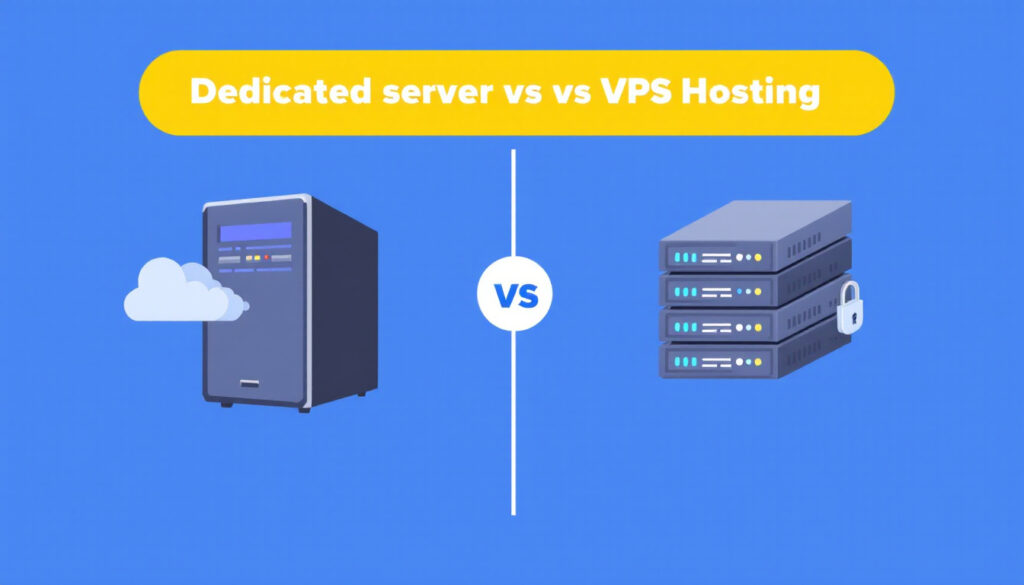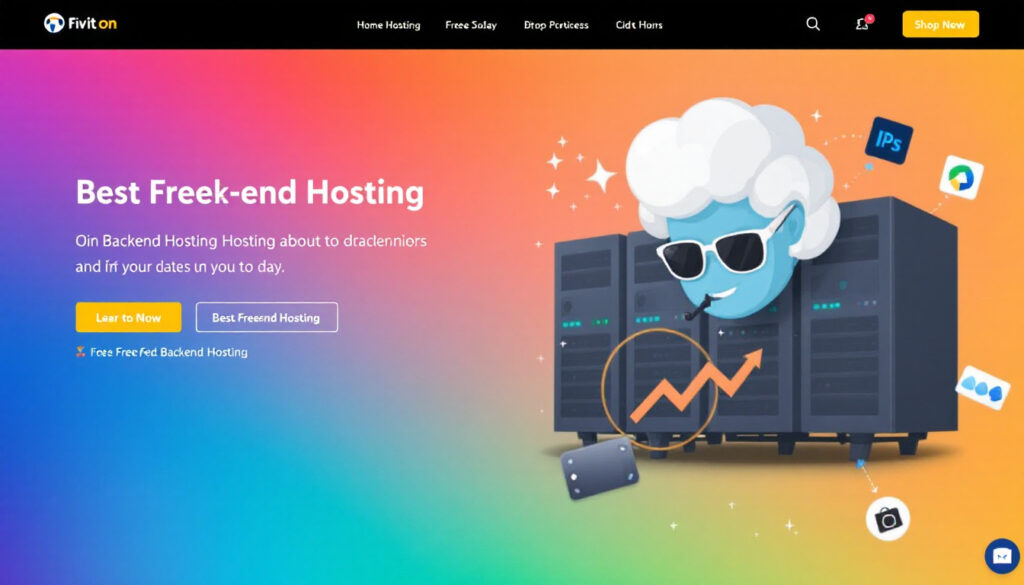Dedicated Server vs VPS Hosting: Comparing Performance, Security, and Cost for IT and Business in 2025
Selecting the right hosting solution is a key decision for IT professionals, developers, and businesses. Dedicated servers and Virtual Private Servers (VPS) each offer distinct benefits for those building scalable and reliable online services. Dedicated servers provide exclusive resources and full control, while VPS delivers a flexible, cost-efficient environment by partitioning a physical server into separate virtual instances. Understanding the core differences between these options helps organizations match performance, security, and cost to their technical requirements. By weighing these factors, teams can select the infrastructure that best supports their growth and security goals. Understanding Dedicated Servers and VPS Hosting Before making an informed decision between dedicated servers and VPS hosting, it is important to understand how each solution works at a technical level. Both deliver unique models of resource allocation, management, and security, influencing the way businesses approach hosting for various needs. What is a Dedicated Server? A dedicated server is a physical machine allocated to a single client. All compute, memory, and storage resources are reserved exclusively for one organization or project, eliminating the resource-sharing found in other hosting models. Photo by Brett Sayles With a dedicated server: Typical use cases for dedicated servers include: Organizations prioritize dedicated hardware when full control and consistent performance are required. For a more technical overview, see the detailed explanation of how dedicated servers work at RackSolutions. What is VPS Hosting? VPS hosting uses virtualization to partition one physical server into several independent virtual machines. Each VPS functions as an individual server with allocated resources—CPU, memory, and storage—but shares the underlying hardware with other VPS instances. How VPS hosting works: Advantages of VPS hosting include: Common scenarios for VPS hosting: Virtualized environments are widely adopted for balancing cost and performance. For further insights on multi-tenancy and its benefits for business hosting, review the practical guidance at WorkOS. Both dedicated servers and VPS hosting fit specific business and IT requirements. Understanding these fundamentals helps teams match the right solution to their growth and security strategies. Key Differences: Dedicated Server vs VPS Choosing between a dedicated server and a VPS comes down to how resources are allocated, security requirements, level of control, and the long-term cost. Each hosting solution offers unique strengths, and understanding these distinctions helps in matching server technology to specific business and technical needs. Performance and Resource Allocation Dedicated servers make all hardware resources—CPU, memory, and storage—available exclusively to a single user. This means businesses get predictable, high performance regardless of the workload. There is no resource competition, so applications operate at peak efficiency during heavy traffic or demanding processing tasks. With VPS hosting, resources are allocated through virtualization. Each instance gets a guaranteed portion of CPU and memory. However, the physical server’s resources are still shared among multiple VPS users. While modern hypervisors minimize cross-tenant impact, performance can fluctuate if demand surges on neighboring instances. This makes VPS a strong fit for moderate workloads but less ideal for resource-intensive, mission-critical systems. For more technical performance details, visit the VPS vs Dedicated Server: Head-to-Head Comparison. Security and Isolation Security priorities often influence the choice between dedicated and virtualized hosting. Dedicated servers provide physical isolation. Only one organization’s data resides on the server, and no other tenants have access to the environment. This makes it possible to implement custom firewalls, advanced monitoring, and hardware-based security controls. VPS environments offer logical isolation—each virtual machine is separated by software, not by hardware. While most reputable hosting providers secure virtualization layers, vulnerabilities can still emerge if system patches lag or the hypervisor is compromised. Compliance-heavy industries often favor dedicated hardware to meet strict regulatory standards. In-depth comparisons on security models can be found in the AWS dedicated server vs VPS breakdown, and for practical VPS protection methods see VPS Security: How to Keep Your Data Secure. Customization and Control Dedicated servers offer full administrative control. Organizations can select the operating system, install custom drivers, upgrade hardware, and tailor every aspect of the environment. This flexibility is important for businesses running proprietary software stacks or needing specific kernel modules. A VPS grants root or administrator access within its own virtual boundary, but some aspects are limited by the underlying host. While users can modify the OS and deploy most applications, hardware changes and some low-level configurations may require provider involvement. Photo by Christina Morillo For more advanced customization advice, reference our internal guide on the pros and cons of managed hosting. Pricing Structure and Cost Considerations Dedicated servers come at a premium. Users pay for the exclusive use of an entire physical machine, which includes higher upfront and ongoing costs. Expenses may also rise with support plans, hardware upgrades, and data center fees. Dedicated servers prove cost-effective when performance, isolation, or regulatory needs justify the investment. VPS hosting offers much lower entry points. Since the underlying server is shared, providers distribute costs across customers. This allows businesses to scale resources or migrate to more robust plans as needed, without committing to the full expense of dedicated hardware. An in-depth breakdown of cost differences is available through this dedicated vs VPS cost analysis. When budgeting for server infrastructure, always evaluate workload demands and future growth expectations. Both hosting options fit distinct budgets and business phases, making it essential to align technology investment with organizational goals. Choosing the Right Hosting Solution for Your Business Selecting between a dedicated server and a VPS extends beyond technical specs; the decision must align with your organization’s needs, compliance standards, and the internal capabilities of your team. Each type of hosting suits certain scenarios better, particularly when planning for business growth, meeting security requirements, and navigating management options. Business Needs and Growth Photo by panumas nikhomkhai Every hosting decision starts with an honest look at current workloads and future growth plans. Enterprises running resource-heavy applications, real-time analytics, or experiencing rapidly increasing user bases often require dedicated servers to keep performance consistent. Exclusive hardware access eliminates resource competition, making these setups ideal for large ecommerce platforms, SaaS providers, or high-availability services. For small









